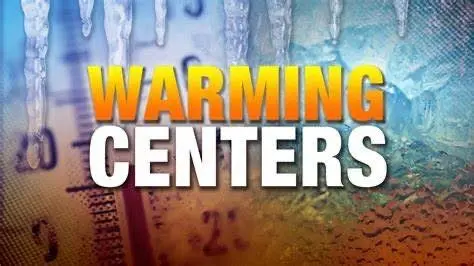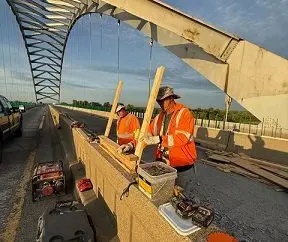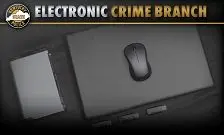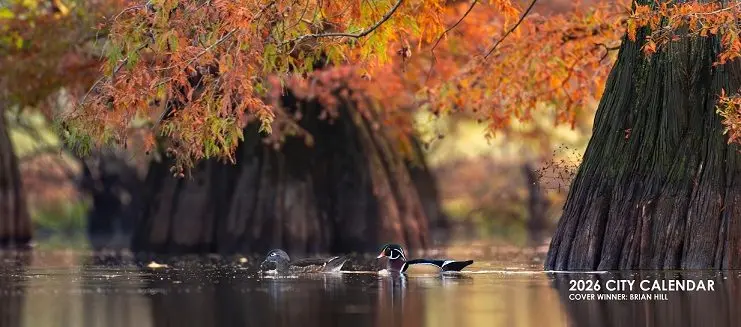Deer across Kentucky are on the move and crossing a highway near you. In 2016, almost 3,100 deer-vehicle collisions were reported across the Commonwealth, which may be only a fraction of the actual crashes involving deer.
The Kentucky Transportation Cabinet (KYTC) is joining Kentucky State Police and other law enforcement agencies to remind motorists to expect a rise in deer sightings as the fall harvest and mating season trigger active deer movement.
“The last three months of the year account for more than half of all reported deer-vehicle collisions,” said Mike McGregor, KYTC District 1 chief engineer. “We’re asking motorists across the region to use extra caution, particularly when driving during twilight hours when deer are likely to be moving and are least visible.”
In Kentucky’s 23 westernmost counties in District 1 and District 2, eight counties are in the top 20 for reported deer-vehicle collisions. That number expands to 12 if the top 40 counties are considered.
In KYTC District 1, Trigg, Graves, Calloway, Marshall and Lyon Counties were in the Top 40 for deer collisions for 2016. Transportation officials attribute the high number in those counties to a substantial deer population and a high number of four-lane, interstate and Parkway miles.
In addition to causing damage to vehicles, deer contribute to more than 100 injury crashes and about three highway fatalities in Kentucky each year. Annually, deer are blamed for about 200 traffic fatalities around the nation.
The jump in deer-vehicle collisions usually starts in mid-October when farmers make substantial progress on the fall grain harvest, which reduces food availability as well as hiding places for deer. Cooler evenings and shorter days in the fall kick off mating season, putting deer on the move. The increased activity during mating season causes deer to stray from their normal travel patterns, pushing them into residential neighborhoods and urban areas with higher traffic numbers.
Transportation officials offer several driving tips to help improve safety:
– Always wear a safety belt.
– Keep headlights on bright after dark if other vehicles are not present.
– Drive defensively, constantly scanning the roadside, especially at dawn and dusk when deer prefer to be active.
– Slow down immediately when you spot a deer, as deer tend to travel in groups.
– Don’t swerve to avoid a deer. Swerving can result in a more serious crash with an oncoming vehicle or roadside object.
– In the event of a crash, keep both hands on the wheel and apply brakes steadily until stopped.
According to State Farm Insurance, the national average cost per claim for 2016 was $3,995.08, down just slightly from $4,135 in 2015. Motorists are asked to report all deer-vehicle collisions to police so locations and crash numbers can be recorded and monitored.






